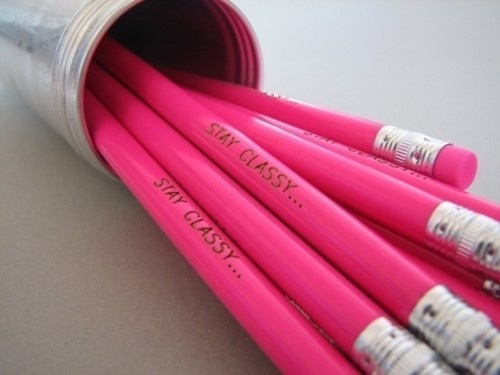Love to chat with you!

Looking for a proactive and rewarding approach to job search?
You’re now in the market for a new job…a good job, the best job right? Not just a job for the sake of a job but one that’s a good ‘fit’ for you. You’re picking over the papers, seeking on search engines and sending applications with fingers firmly crossed. Go for that advertised job certainly but remember, you’re just one of many vying for the role, your competitors likely boasting the same qualifications and experience as you.
We call this a ‘reactive’ approach to job search, a romp in the ‘visible’ market, yet statistics tell us that 60-70% of jobs are actually obtained in the ‘hidden’ market. So how does the ‘proactive’ job seeker tap into this market? Well they are out there talking to people.
No, they are not asking for jobs, rather, they’re researching their targeted companies…asking questions about the culture, industry specific challenges, skills the company looks for when recruiting. They’re looking to see if the company might align with their strengths, values and preferred work environment…and they’re seeking further referrals and introductions, all of which has great potential to uncover the perfect opportunity, one that never makes it to the job boards.
Sure, but doesn’t that smack of ‘networking’? I’m not good at networking I hear you say. Let’s take a step back…
Networking is a vital resource for promoting your ‘brand’ in the marketplace yet the very word ‘network’ strikes fear in many a heart. So why don’t we change the language? What if we were to replace the word ‘networking’ with ‘let’s catch up for a coffee’?
Still feeling out of your comfort zone? Why not start with the people you already know…friends, colleagues, ex colleagues, neighbours? You know who I mean. People who know you, know what you do and can speak well of both. Your questions could simply start with ‘who’s a good recruiter you think I should be talking to?’
Coffee conversations present great opportunity to tap into a contacts’ knowledge and insights on what is happening around town, industry trends and challenges, market movement, who’s who in the market and of course, the names of additional people who may also be worth contacting based on their introduction.
This path will help you to identify the companies you want to target in the first place and lead you to the people you need to influence there. Think about it…five coffees a week, that’s 250 a year…imagine the progress you could make with 250 short, relationship focused ‘information gathering’ meetings?
Now what’s the worst that can possibly happen? You make a good impression with a decision maker? You have the opportunity to broaden your network; you get out of the house and your doing something productive on your job search that will stand you in good stead for managing your career in the future. Now isn’t that alone worth the effort?
Oh! And don’t forget our good friend LinkedIn…find the people you need to coffee with, connect with them then shut the computer and go for it!










